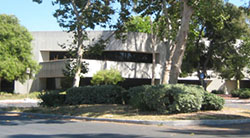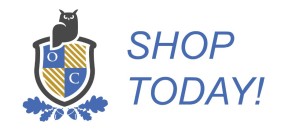
Every child is unique and brings to the world personality traits that enhance the world around them. This diversity means that gifted children exhibit a wide range of characteristics that parents and teachers can use to recognize when a child needs extra support to reach their full potential. It is important to understand that the process of identifying gifted students is dynamic since there is no single test that can confirm a child’s talents. For this reason, families and teachers can expect the process of identifying gifted students to include the following components.
Recognition of Specific Characteristics
Gifted students tend to be independent learners who are driven by their curiosity to learn more about how the world works. They may be hyperactive, or they may be withdrawn and introspective. A gifted child will often ask deeper questions that reflect thinking beyond their age level, and they tend to pick up new information quickly. Gifted children tend to be hypersensitive, and they may express concern about world events such as environmental pollution or politics. When a family member or teacher notices these types of unique traits, they are referred for further assessments that can help determine if the child is gifted.
Testing and Assessments
Many schools still use IQ tests and performance evaluations for identifying gifted students. Although these types of assessments do help to identify students who have a higher capacity for learning, it is important to never rely solely on one of these tests. This is because a child’s abilities can fluctuate from day to day, and simple things such as the child being hungry or sleepy during testing can affect the results. These tests, however, still hold validity when they are used along with other types of assessments.
Teacher and Parent Observations
Along with formal testing, parents and teachers may be asked to report their observations of a child’s performance. This may include using a checklist to mark specific personality traits that the child has displayed. It may also involve teachers creating a report of the child’s academic achievements. Anecdotal notes are another important component of the identification process since they can describe instances when the child displayed signs of giftedness.
Portfolios and Performances
Giftedness can extend beyond academic subjects, and many children display talent beyond their years in the creative arts. For this reason, portfolios containing samples of their work or recordings of their performances may be used for identifying gifted students. This is especially helpful for students who are gifted in the areas of speech, music, art and sports. Special awards and recognition can also be added to the portfolio to highlight a child’s abilities.
The process of identifying gifted students can take time, yet it is important to have a comprehensive view of a child’s abilities. Since a child’s performance can vary from day to day, it may take a period of weeks to fully assess a child’s abilities. Yet, parents and teachers play an important role in this process from the beginning to end by identifying the first signs of giftedness and reporting their observations. Once the process is complete, families and schools should be ready to provide the child with a full range of support that can help them learn to manage their unique personality traits while making great strides in development of their abilities.
If you are reading this on anything other than OakCrestAcademy.org, it is stolen content.
If you are interested in learning more about Oak Crest Academy, visit our website here.
Keep up with our blog for more news and information here.




